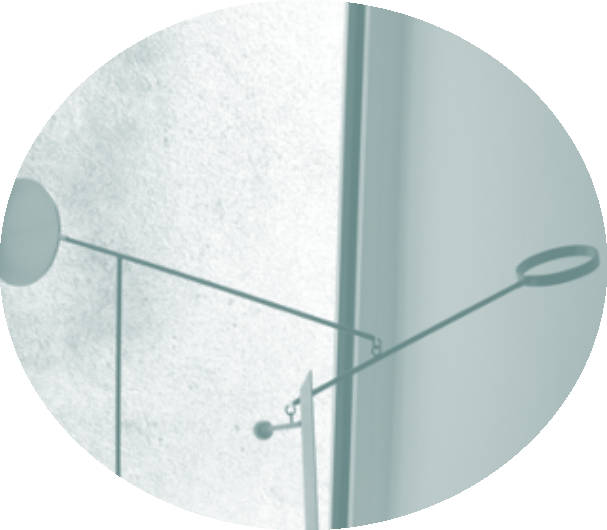Excerpt of Sabine Gromer’s Thesis at the Columbia University for Change Leadership

According to a BCG study from 2017 the change management industry has been growing at a pace of 5% yearly with a worldwide spending of $10 billion a year on change management consultancy (Intelligence, 2016). Yet, still evidence in this study suggests that 50% of change programs fail to achieve their objectives and for more complex change efforts the failure rate rises to 75%. What’s more: despite extensive research in the field, these failure rates have virtually remained unchanged (Tollman, et al., 2017).
As part of my final thesis, I looked into the question of why there are such high failure rates.
Could it be that we simply start change efforts in the wrong element or function in a system?
Unlike the experience in the Analytical Functions, Change Efforts were embraced in the COO a lot faster and changes could be seen quicker. For them the change we had to bring, even the most basic communication efforts around it, was met with much appetite for change and accelerated speed of adoption. This was, I believe, fundamentally driven by a vision of a betterment of their situation.
Are change management efforts more successful in parts of organizations with fewer privileges and power?
A question I quickly came across: Could launching change efforts in parts of organizations with less privilege and power lead to more successful change effort implementations and thereby

- prevent homeostasis because these functions do not want to go back to ‘business as usual’ and
- create interest from the privileged parts through the investments made in a previously undervalued part of the organization resulting in a fear of losing out and losing privilege that creates a pull effect. This creates …
- … a ripple effect of surprise in the organization that allows changes to take place more easily in other parts of the organization.
It is my belief this different approach could be more successful than the traditional one. It combines a number of different elements in change theory: the systems view, power & influence, homeostasis while still leveraging our knowledge in ideal change process.
That said I believe there are three conditions that need to be met for this to be successful:

- Buy-in and commitment of support from the very top of the organization (executive committee, board) and ready to publicly support, communicate, advertise the change efforts.
- Choosing a part of the organization that is acting as a hub in the system – connected to and working with every or almost all parts of the organization, and
- this part having been considered as less privileged than whatever is considered the front-office in the organization.

What is homeostasis?
Homeostasis is the tendency of an organism or system to maintain a balanced and constant internal state.
That can be compared well with a mobile, which will always come back to the original state, no matter how strong the influence from outside is.

